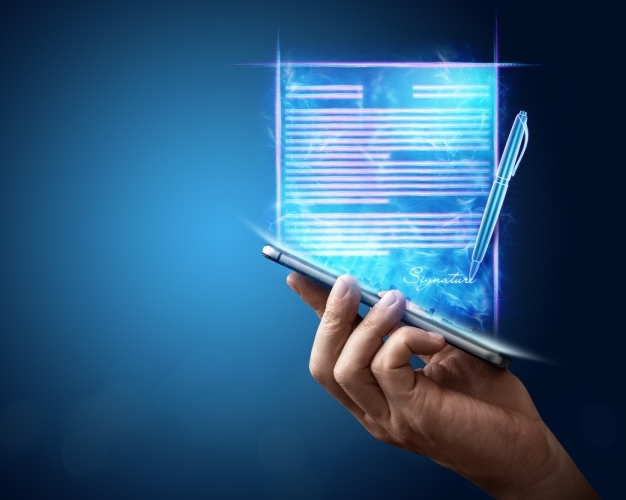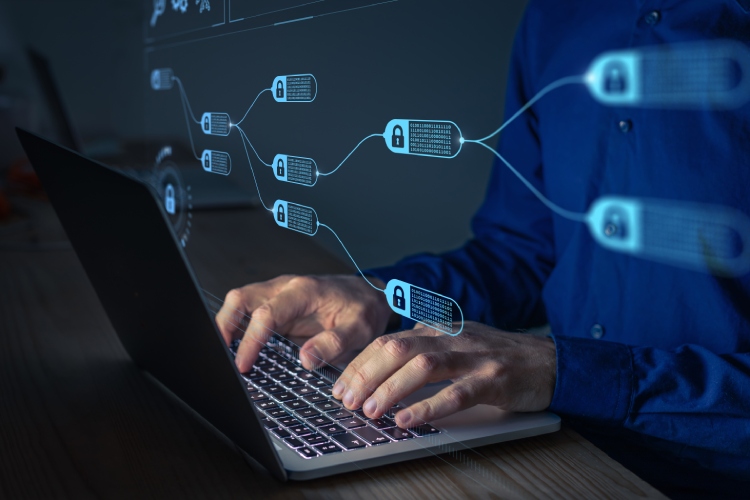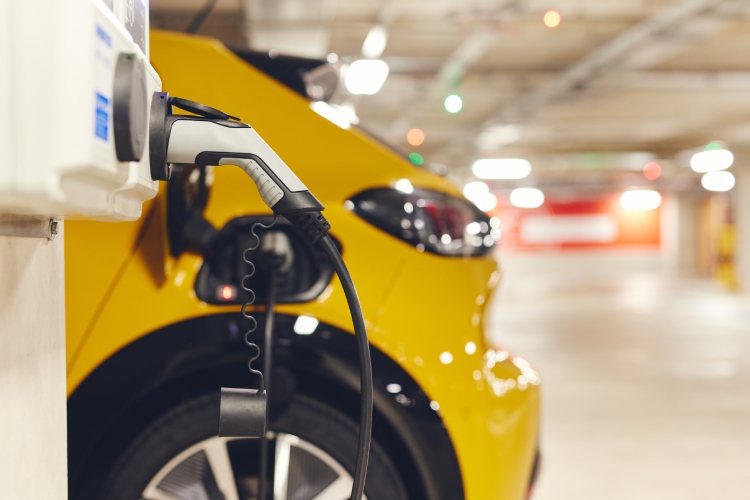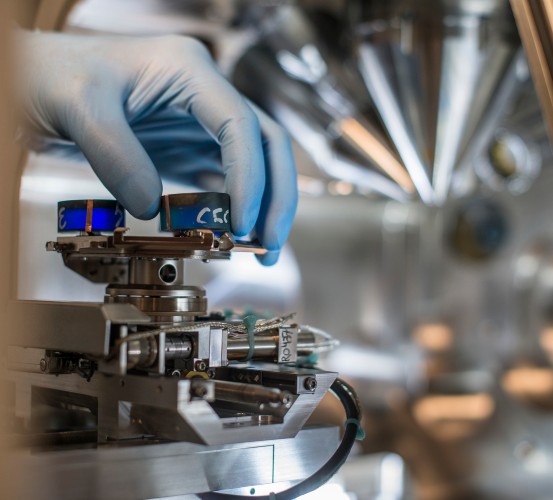Benefits of asset tokenization
Benefits of asset tokenization
Asset tokenization is a process that offers multiple benefits, especially in an increasingly interconnected world, where cybersecurity is particularly important:
Financial sphere
Financial sphere
Tokenization speeds up transactions. Once we have digitized an asset, we can sell it easily. As it's a decentralized network, it democratizes access for all social actors, and low-cost financial transactions can be carried out.
Streamlining processes
Streamlining processes
Blockchain technology enables the use of native tools to streamline processes that increase efficiency related to audits, transactions, or purchasing and selling assets.
Confidentiality
Confidentiality
It offers a high degree of transparency, security, and privacy by allowing access and tracking of all transactions through encrypted information, while ensuring confidentiality.







